
Musician Happie Hoffman is a former non-cook who discovered the joy of cooking during the pandemic, when she was living in Tulsa, Oklahoma. Cooking, like music, is a way to connect to your roots and has the power to heal your soul
“I understood that if I wanted to have a proper Shabbat meal, I had to learn how to make it for myself,” Hoffman told The Journal.
She wanted to enjoy the tastes and the feelings she associated with Jewish holidays in her youth, but did not have the cooking skills.
“A lot of times at a Shabbat, either it’s a potluck or somebody else, [someone in my family] is cooking,” she said. “I’m always helping, but I’m not actually orchestrating the food portion. … My contribution is a song or music.”
A singer-songwriter, who writes soulful, heartfelt music — acoustic, some of which is indie pop, Hoffman spent most of her 20s traveling around the world leading Jewish music groups. This Jewish music focus was almost by accident.
“I remember being 16 years old and walking through the halls of the synagogue to our Sunday school class, and I was pulled into a room [with] four or five other musical teenagers,” she said. The teens were told they would be trained to lead music, which Hoffman did professionally through college and beyond.
“Also in that process I was writing my own music … and it all evolved very organically,” Hoffman said. “Music was always a part of me, but that was definitely a moment where I was guided and I’m very grateful for that.”
Hoffman sees her role with music is helping people access their emotions.
“The way I see that for me is that, if I share vulnerably from my heart, whether it’s melodies, prayers or lyrics/songs that I write, then that is what … is going to move somebody else,” she said. “The special thing about music is the ability for people to connect with it … we’re programmed to react to somebody’s voice, a baby’s cry or somebody yelling.”
Music is a tool, a way to change your state of mind.
“It’s a way to connect to a sad feeling or move yourself into a place of hope,” Hoffman said. “I can turn on a song that completely shifts the way I feel, whether because of the way the music sounds or a memory that I have associated with that song.”
When going through challenging times, you can listen to music that moves you to a better place. Or, if you are a musician, start playing. Cooking is a way to get into flow state, as well.
“It’s a way to really be focused on one thing, to be of service and to in real time understand what you can change or shift to,” Hoffman said.
You have the power to make things more delicious and also create a beautiful presentation.
“Being present with whatever you’re getting to experience can make it magical,” she said. This is true for chef, guest or helper.
When Hoffman first became comfortable in the kitchen during Covid, she decided she wanted to learn to make gluten-free cinnamon challah, like the one she grew up with in Memphis, Tennessee. That recipe is below.
“I am gluten-free and I did a lot of research on how to make a gluten-free challah and then I did some research on how to make a cinnamon challah,” she said.
It was a success, and she has been baking it over and over ever since. For Hoffman, that first challah was like a rite of passage.
“For so long, the matriarchs of my family and the patriarchs of my family have provided these amazing family moments for me, and I understood that, ‘Wow, I get to … play that role and I can play that role.”
Whether you are making music or baking challah, Hoffman says to have fun.
“Look at the whole thing as an experience from the shopping for it, from the prep to the presentation,” she said. “Give yourself the permission to … enjoy the experience and make art that’s in service to yourself or people you love.”
Follow Happie Hoffman on Instagram and check out her music on Spotify.
For the full conversation, listen to the podcast:
Gluten-Free Cinnamon Challah
Adapted from GF Jules Gluten- Free Challah Recipe
Inspired by Rikki’s Cookies Cinnamon Challah in Memphis
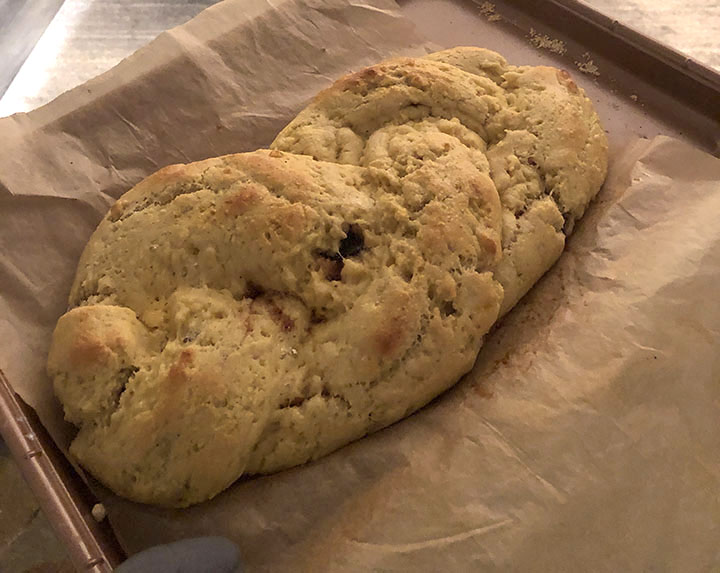
3 cups gluten-free all-purpose flour blend with xanthan gum, or add 1 tsp separately (I use GF Jules mix)
2 tsp active dry yeast
1/4 cup granulated sugar (divided)
1 tsp salt
3 large eggs (room temperature)
1/4 cup vegetable or canola oil
1/2 cup warm water (100–110°F)
Optional: 1 egg + 1 Tbsp water for egg wash
For the Cinnamon Filling:
2 Tbsp melted butter (or oil for a dairy‑free version)
1/2 cup brown sugar (lightly packed)
2 tsp ground cinnamon
In a small bowl, mix the warm water with 1 teaspoon of the sugar and the yeast. Stir and let sit for 5–10 minutes until it becomes foamy.
In a large mixing bowl, whisk together the gluten-free flour blend, the remaining sugar, and salt.
In another bowl, beat the eggs. Add the oil and the foamy yeast mixture to the eggs and whisk to combine.
Pour the wet ingredients into the dry ingredients and mix thoroughly using a spoon or a stand mixer with paddle attachment. The dough will be thick and sticky, more like batter.
If needed, add 1–2 tablespoons of warm water to loosen the dough slightly. It should be thick but soft.
Divide the dough into three portions. Roll and flatten the portions into long strands and fill each piece with cinnamon sugar filling. Pinch the pieces together into long ropes. Braid the ropes gently and place on a parchment-lined baking sheet or into a greased loaf pan.
Lightly cover with plastic wrap or a clean towel and let rise in a warm place for 30–45 minutes until slightly puffed.
Preheat the oven to 350°F (175°C).
If desired, brush the top of the loaf with egg wash (1 beaten egg mixed with 1 tablespoon water) for a shiny finish.
Bake for 30–35 minutes until golden brown and the internal temperature reaches 205°F.
Let the challah cool on a wire rack before slicing to help the texture set properly.
Debra Eckerling is a writer for the Jewish Journal and the host of “Taste Buds with Deb.” Subscribe on YouTube or your favorite podcast platform. Email Debra: tastebuds@jewishjournal.com.
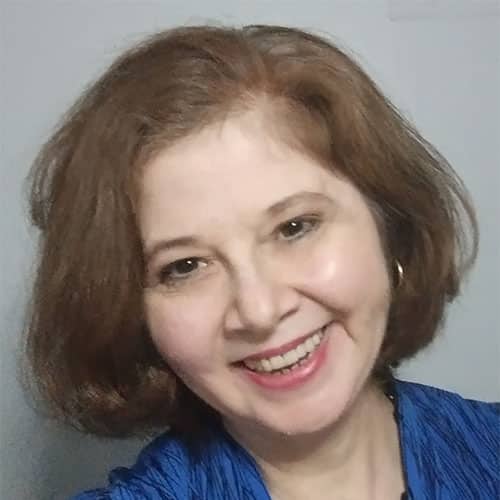

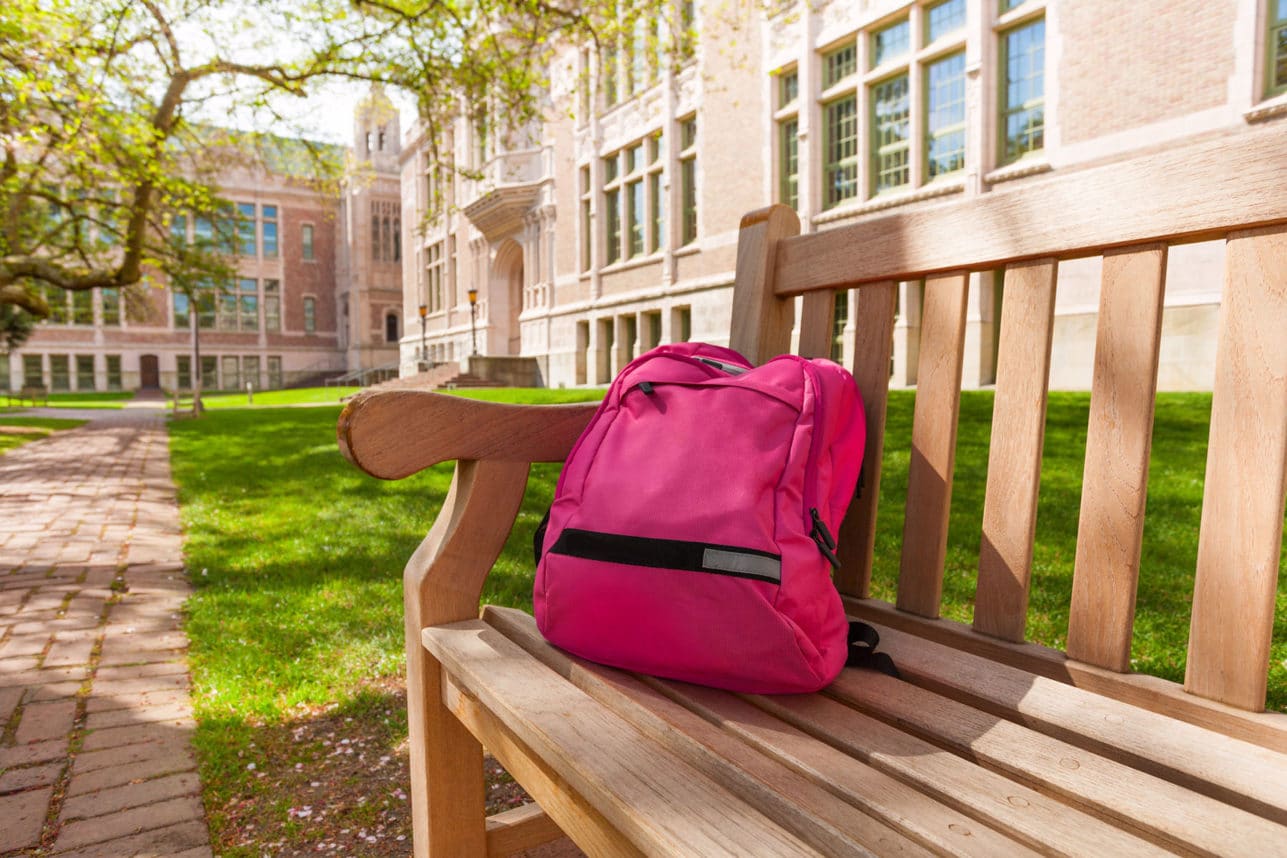

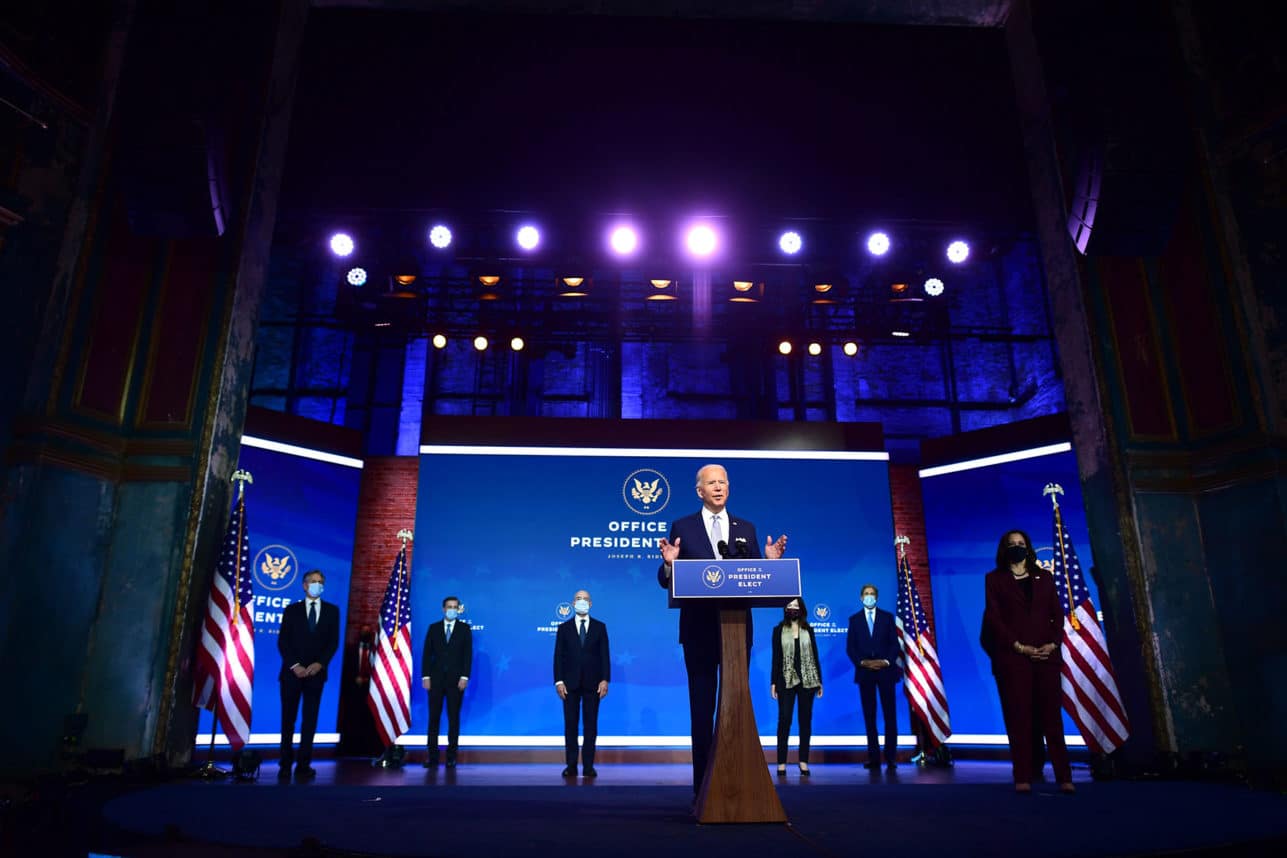
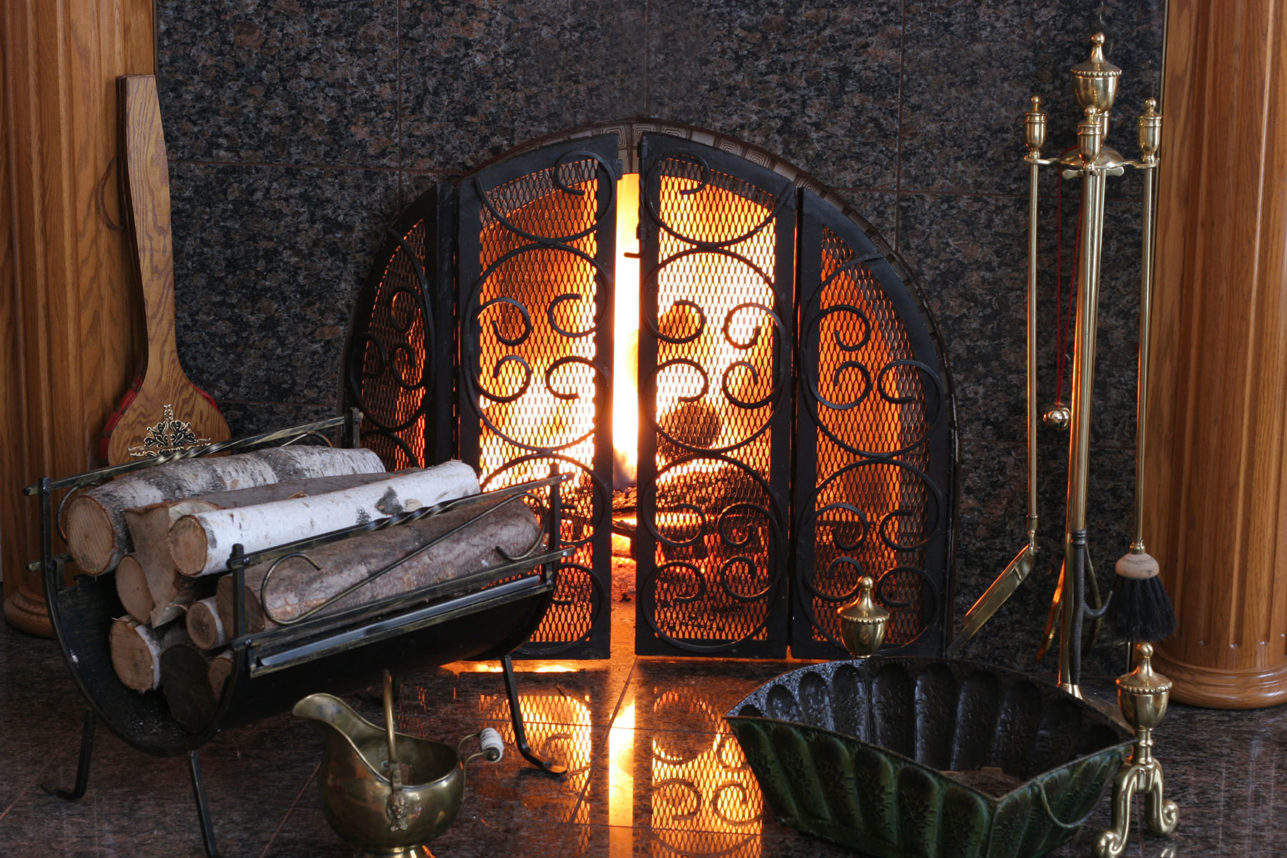


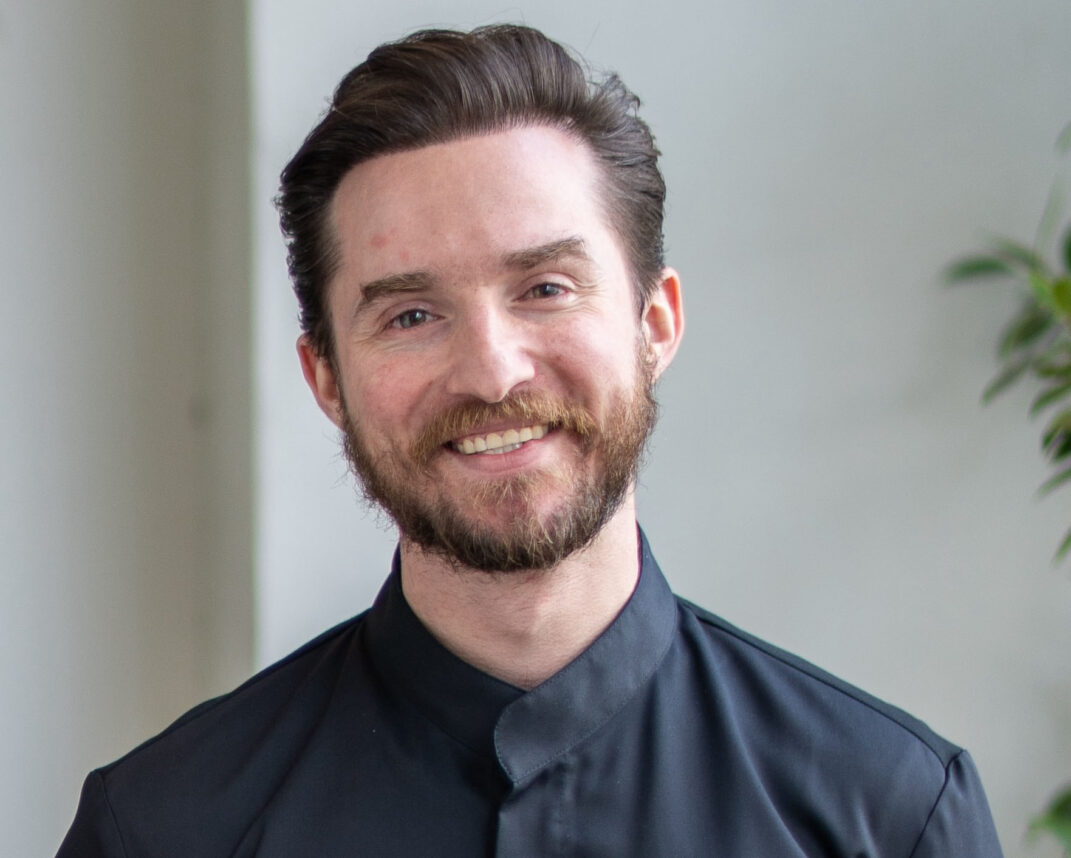
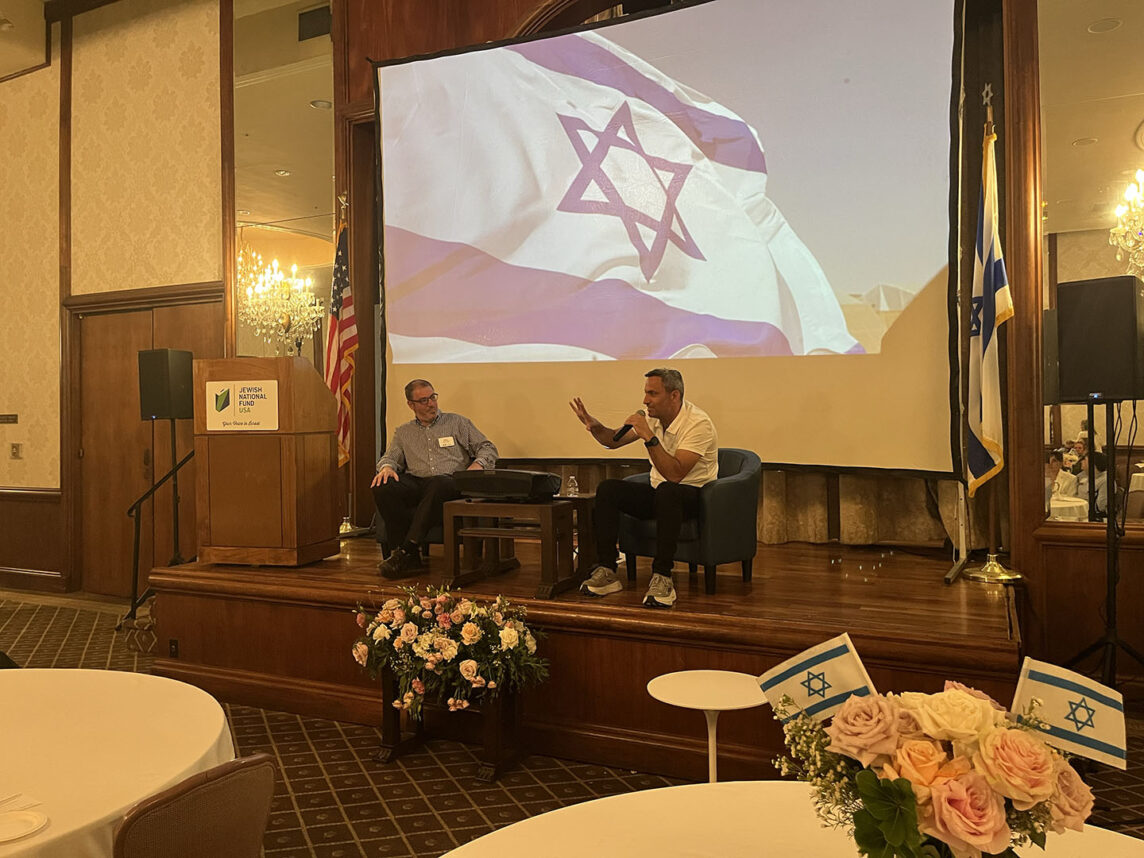
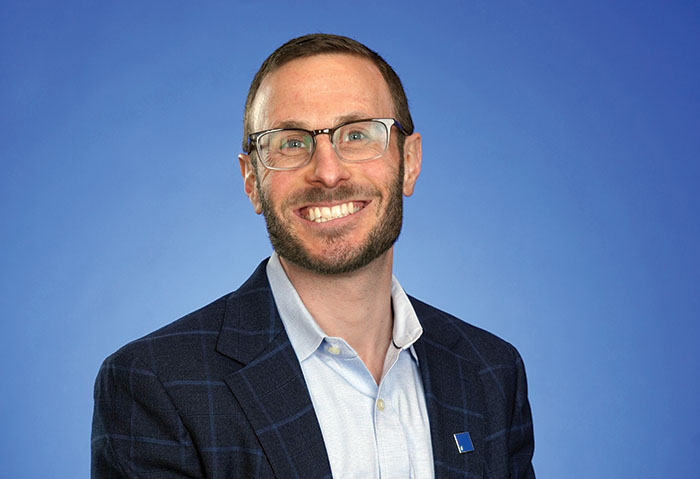

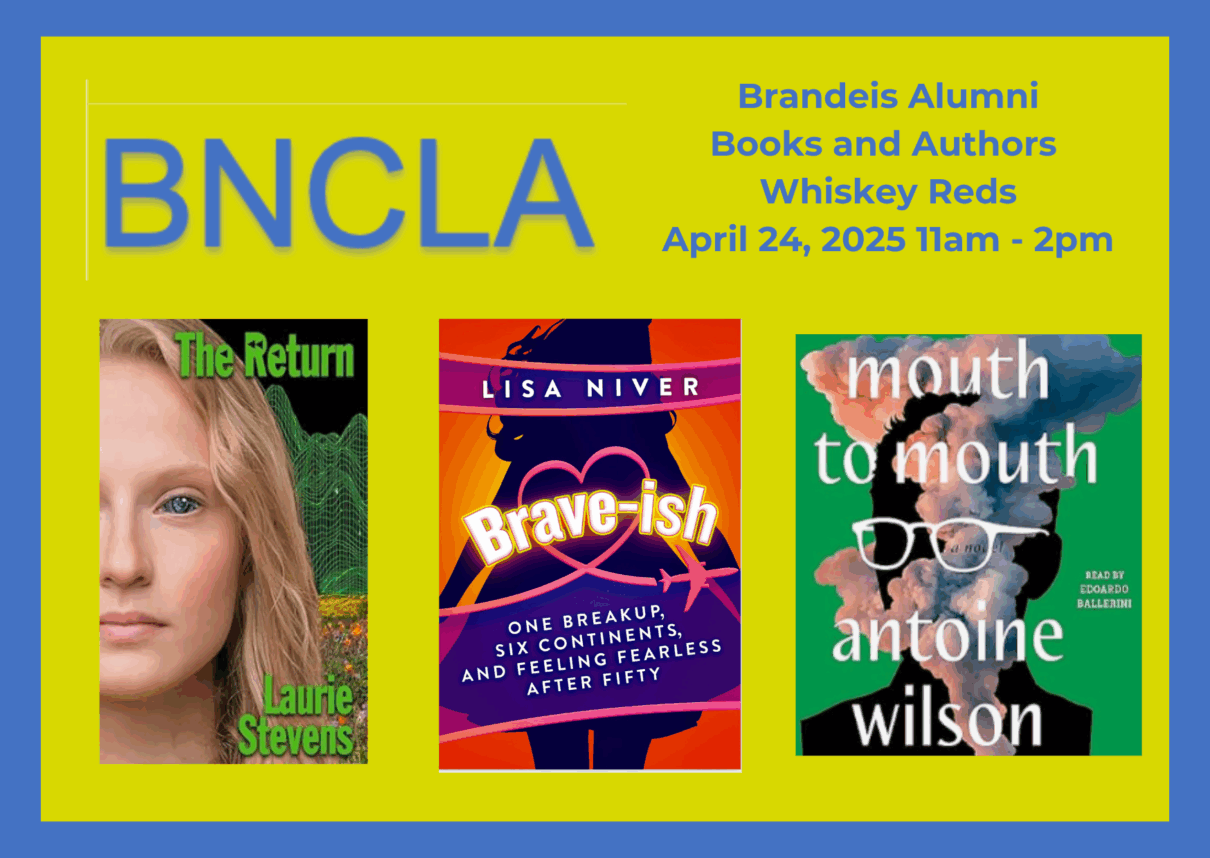

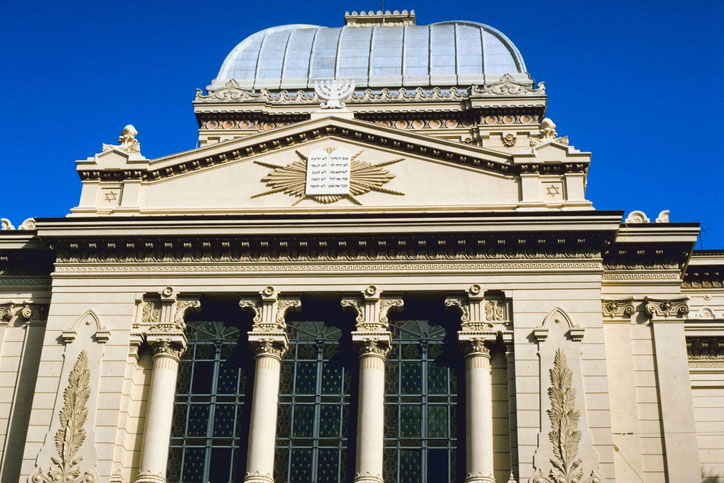


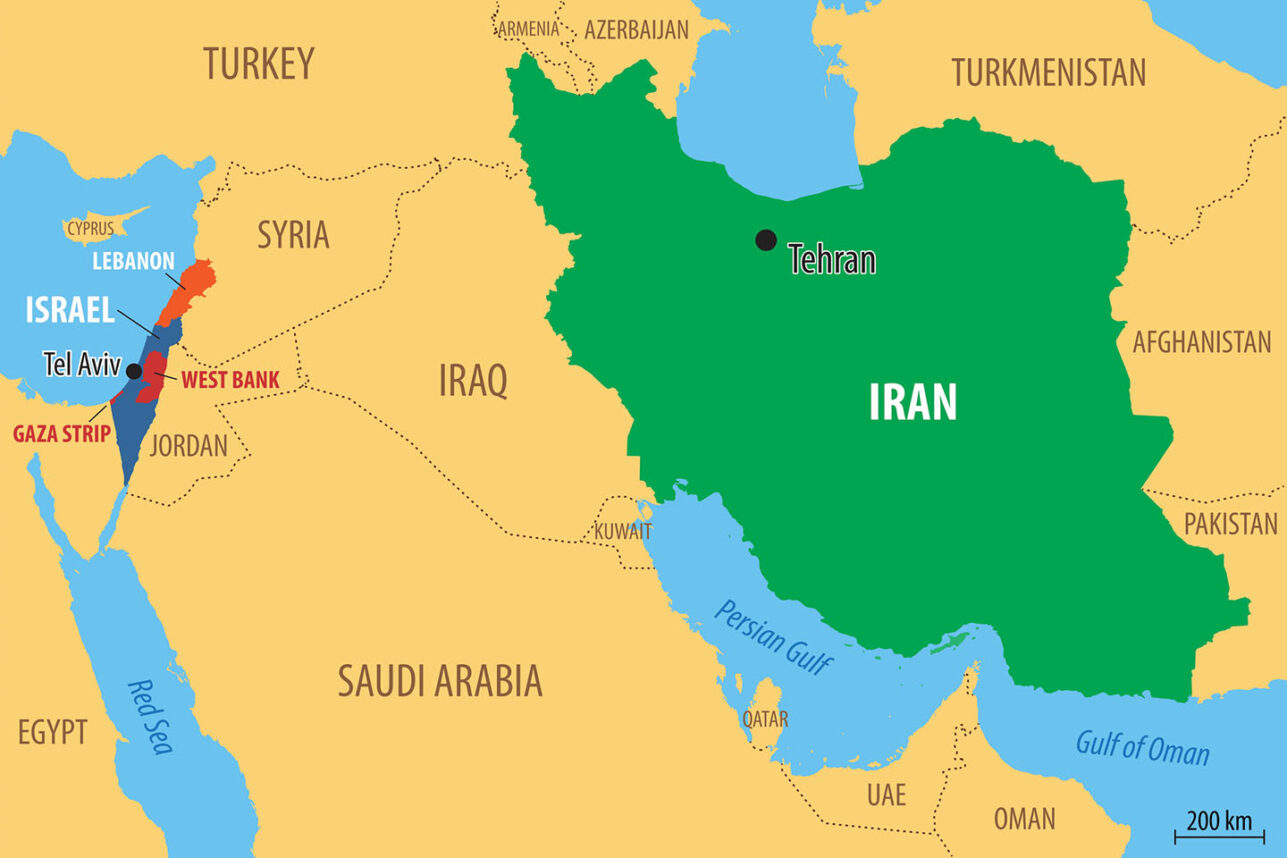
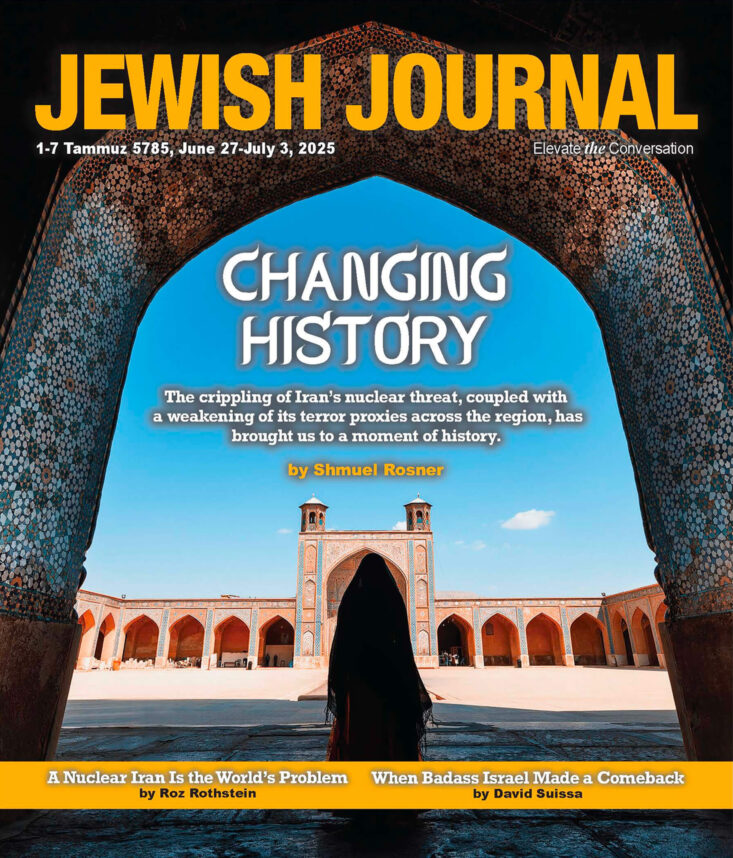
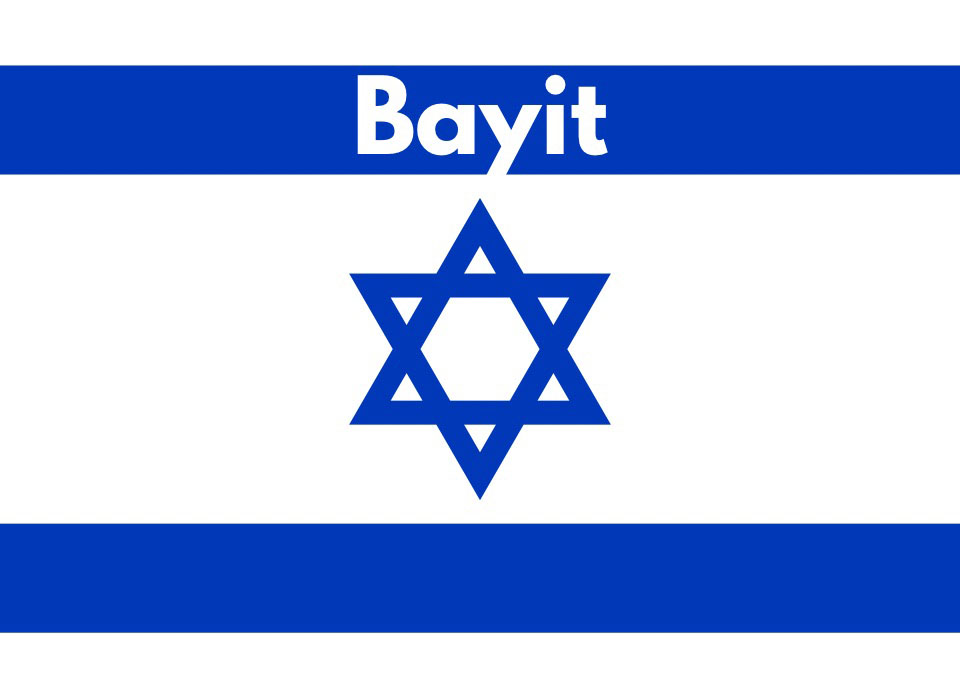
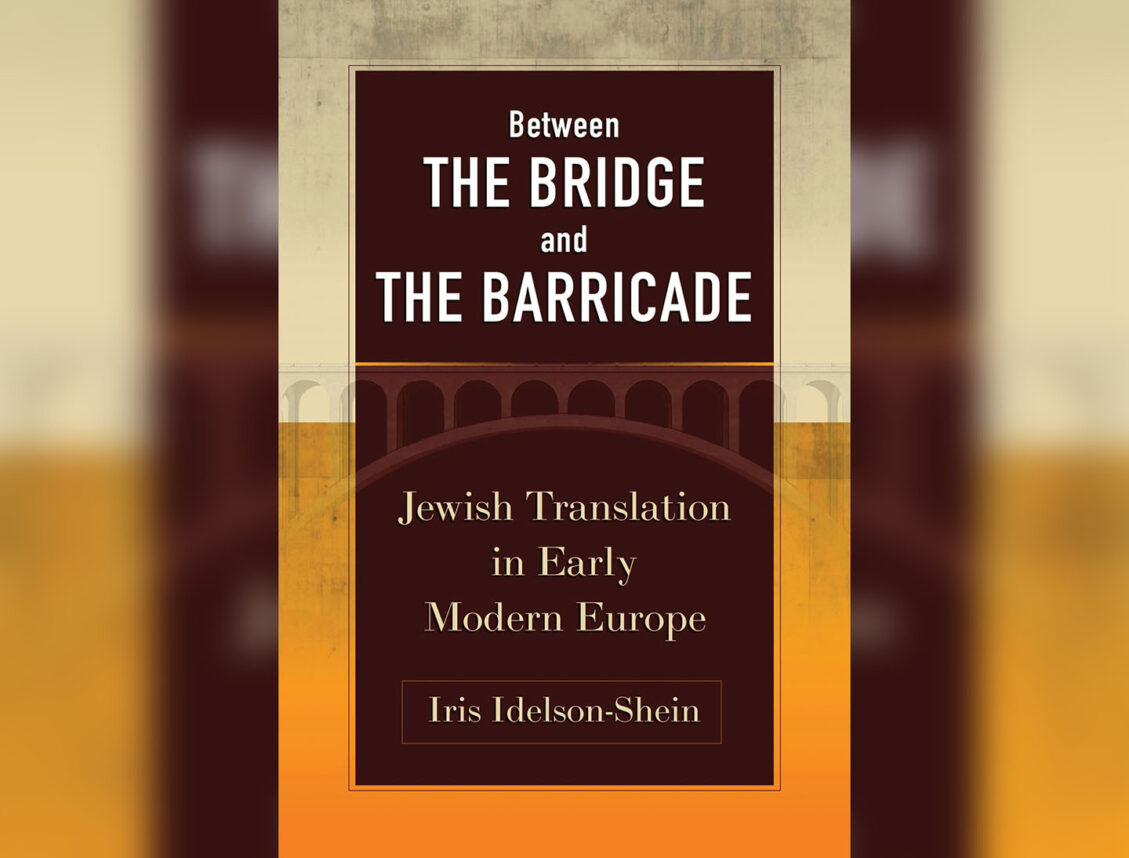

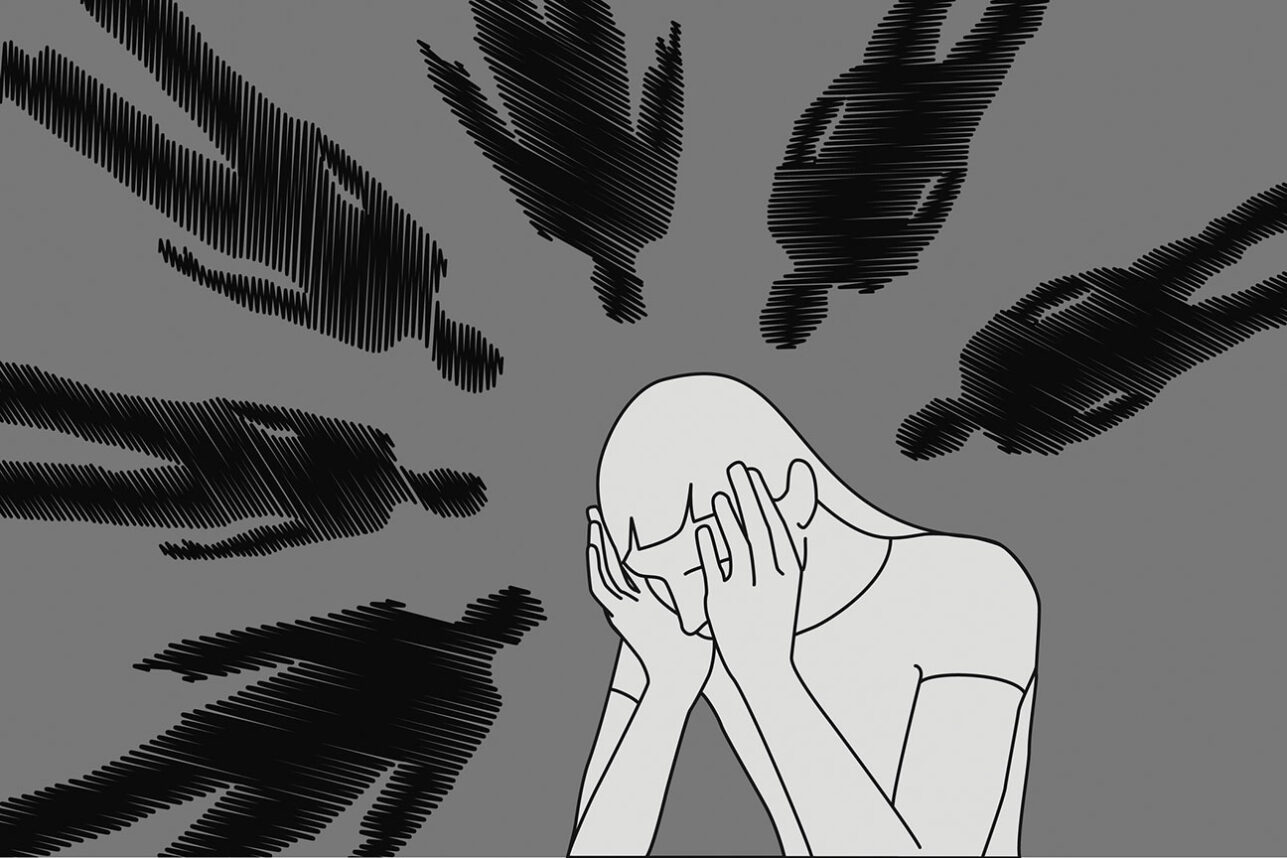
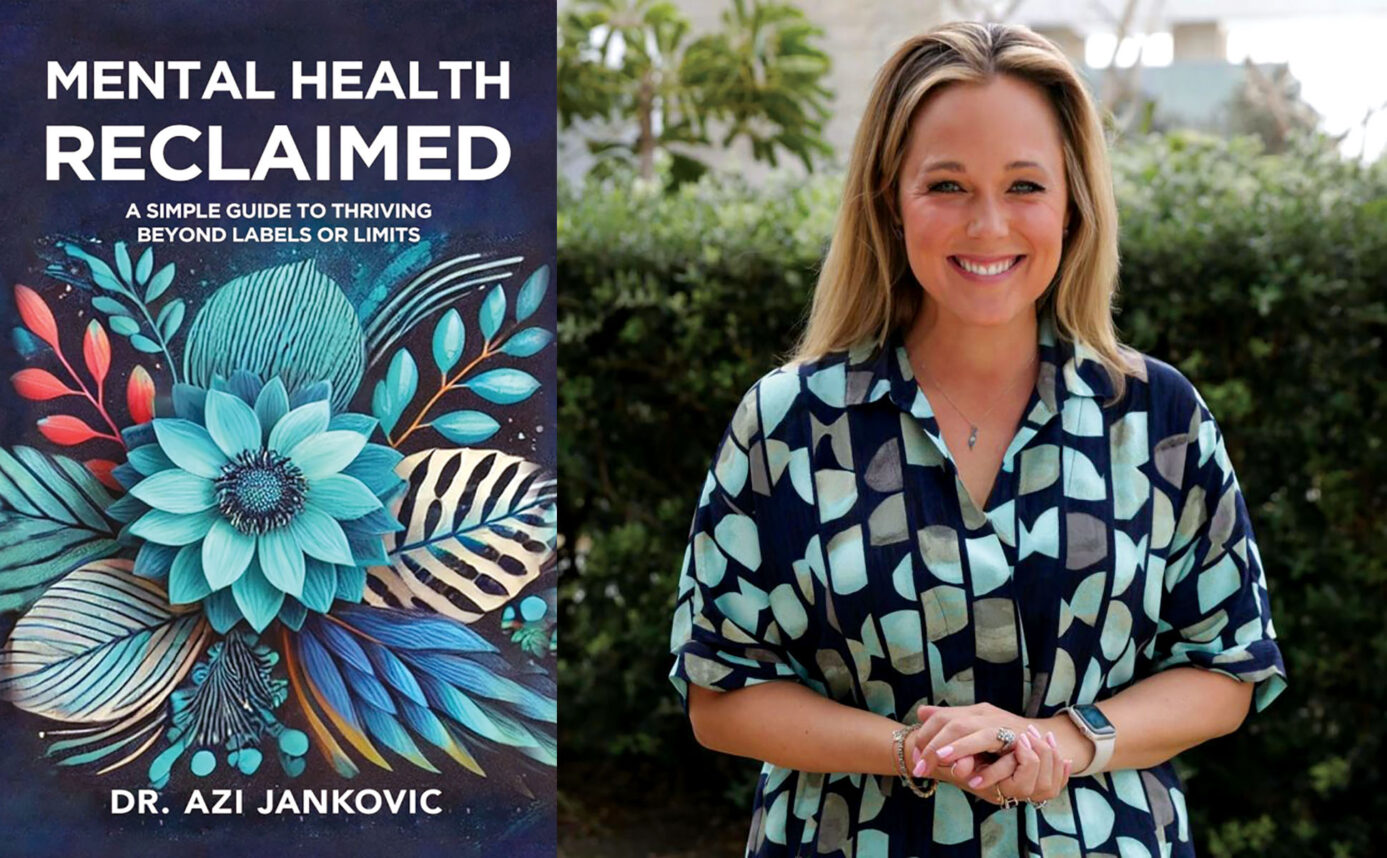
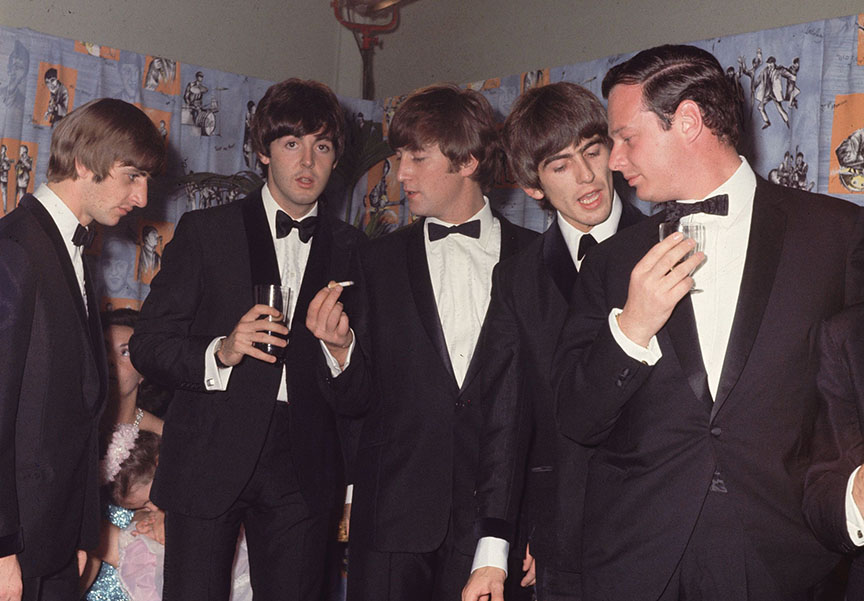




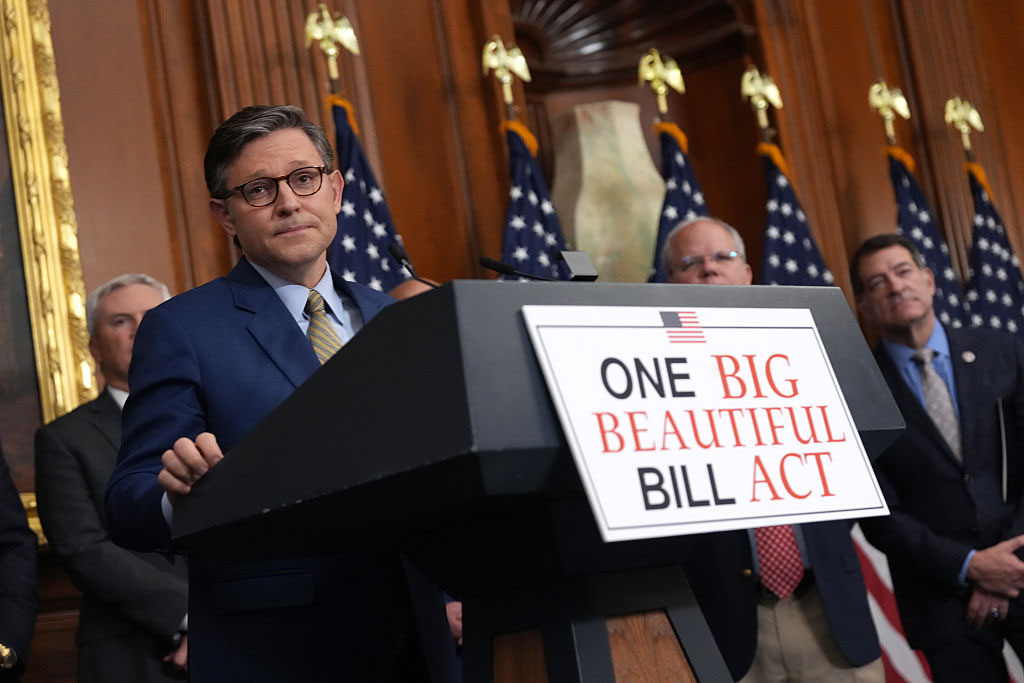


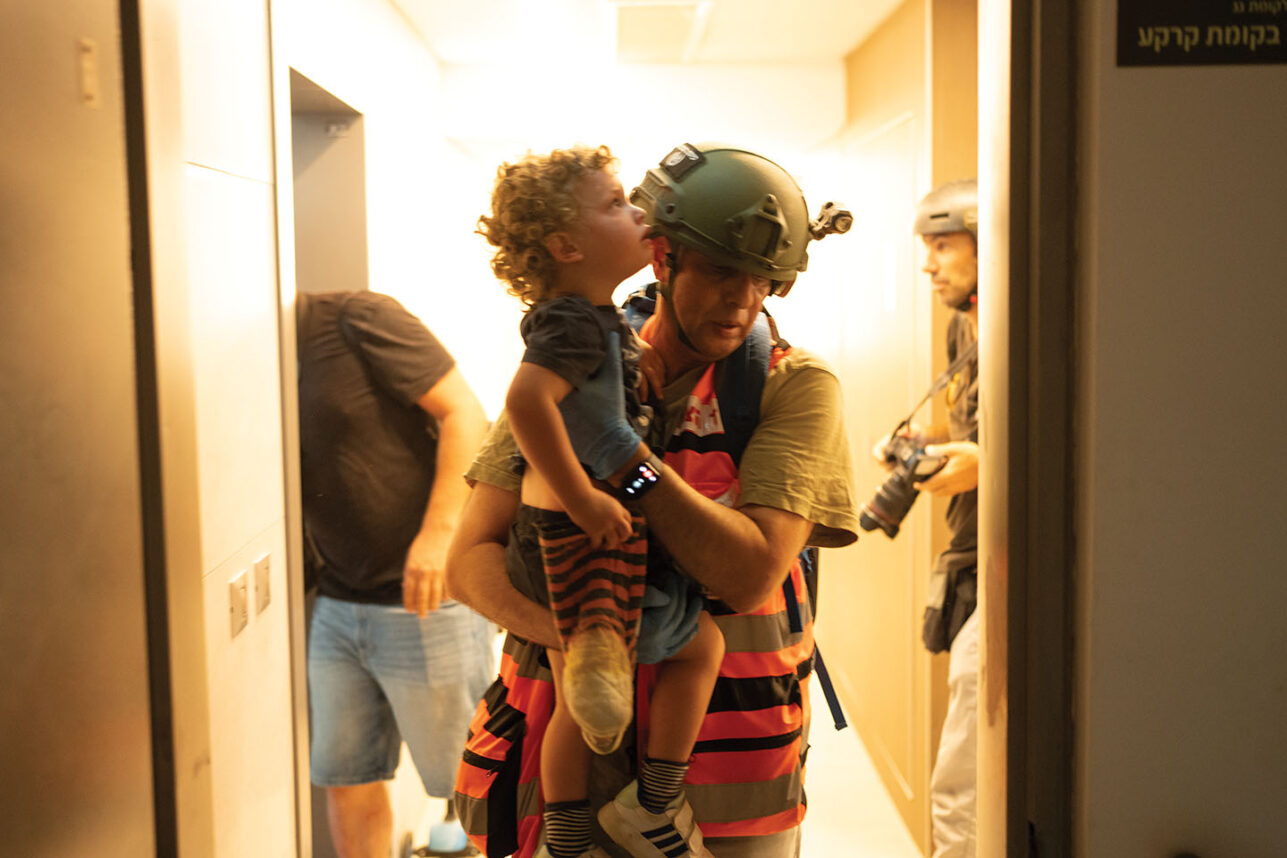

 More news and opinions than at a Shabbat dinner, right in your inbox.
More news and opinions than at a Shabbat dinner, right in your inbox.